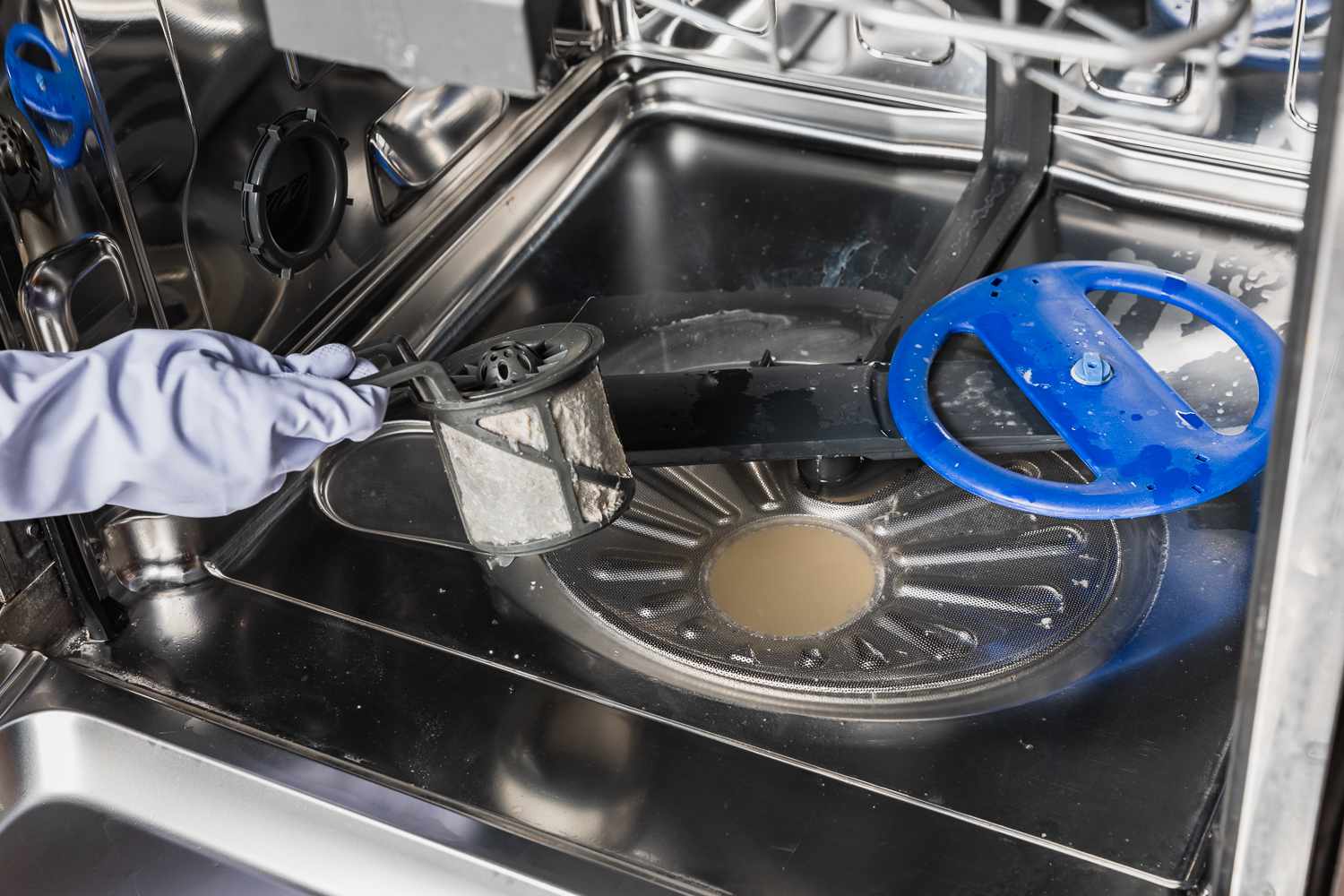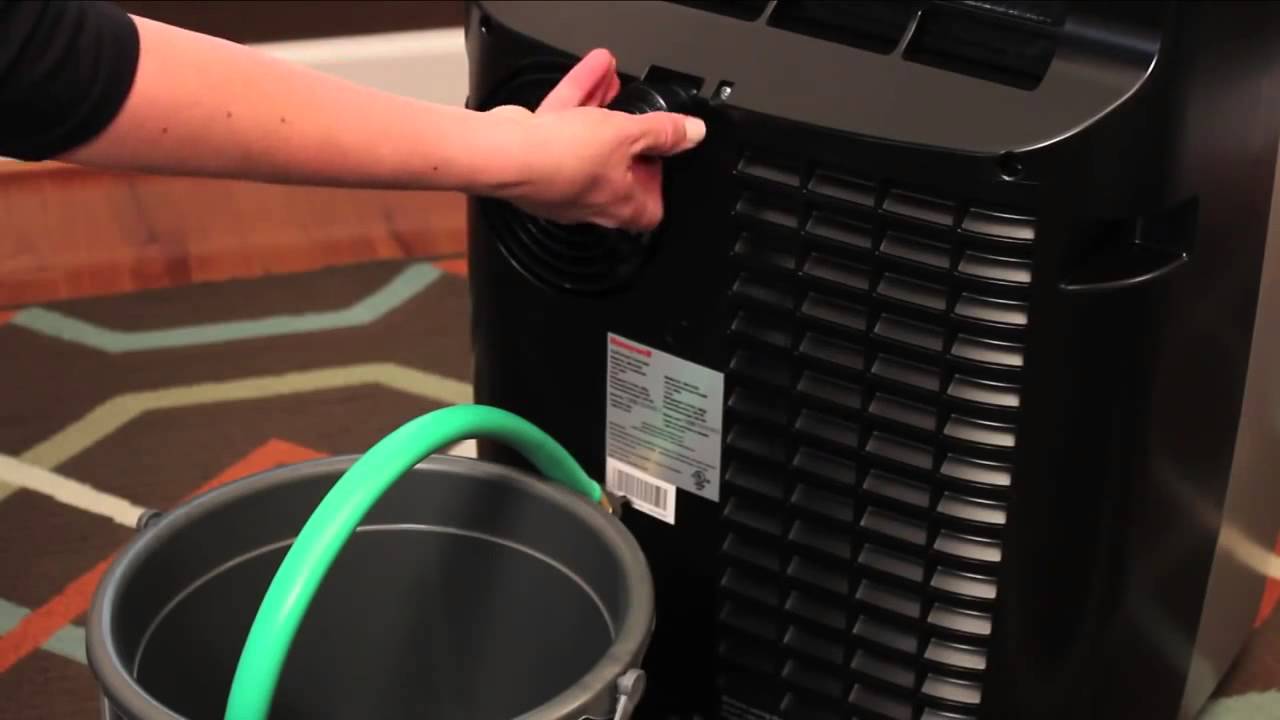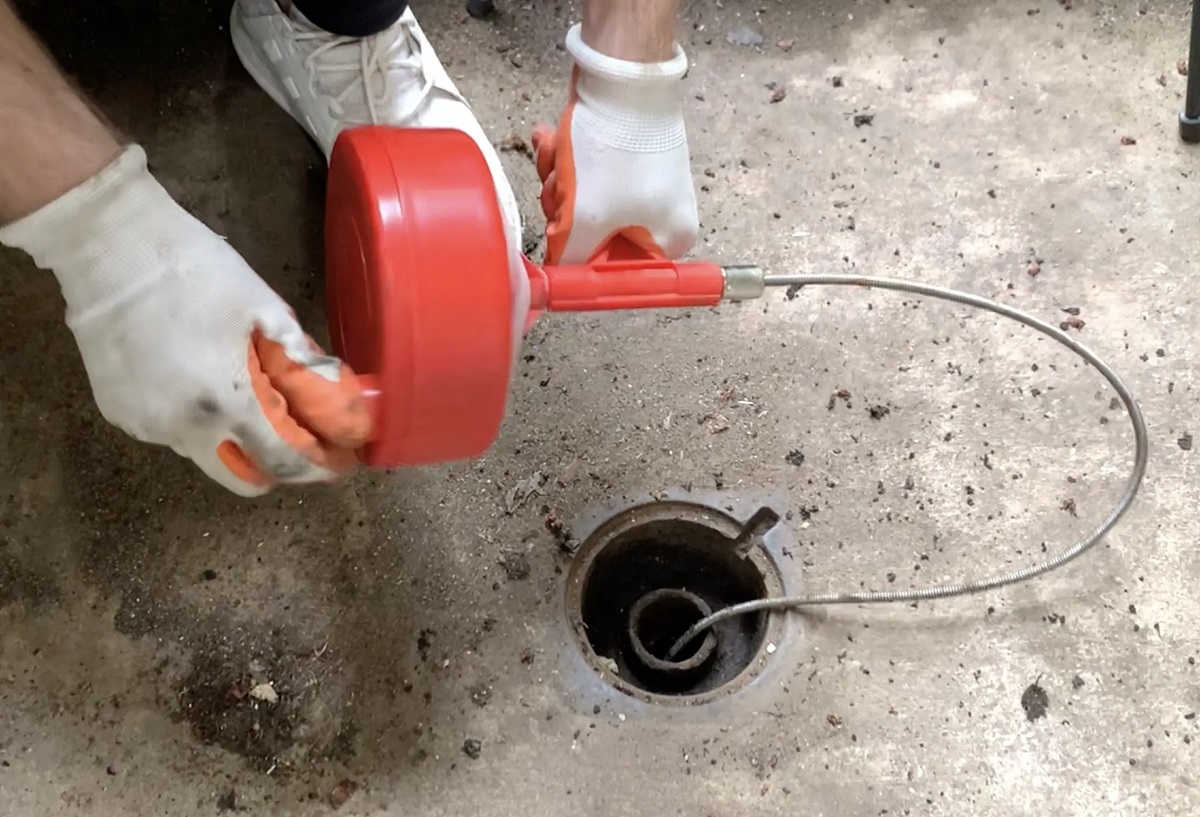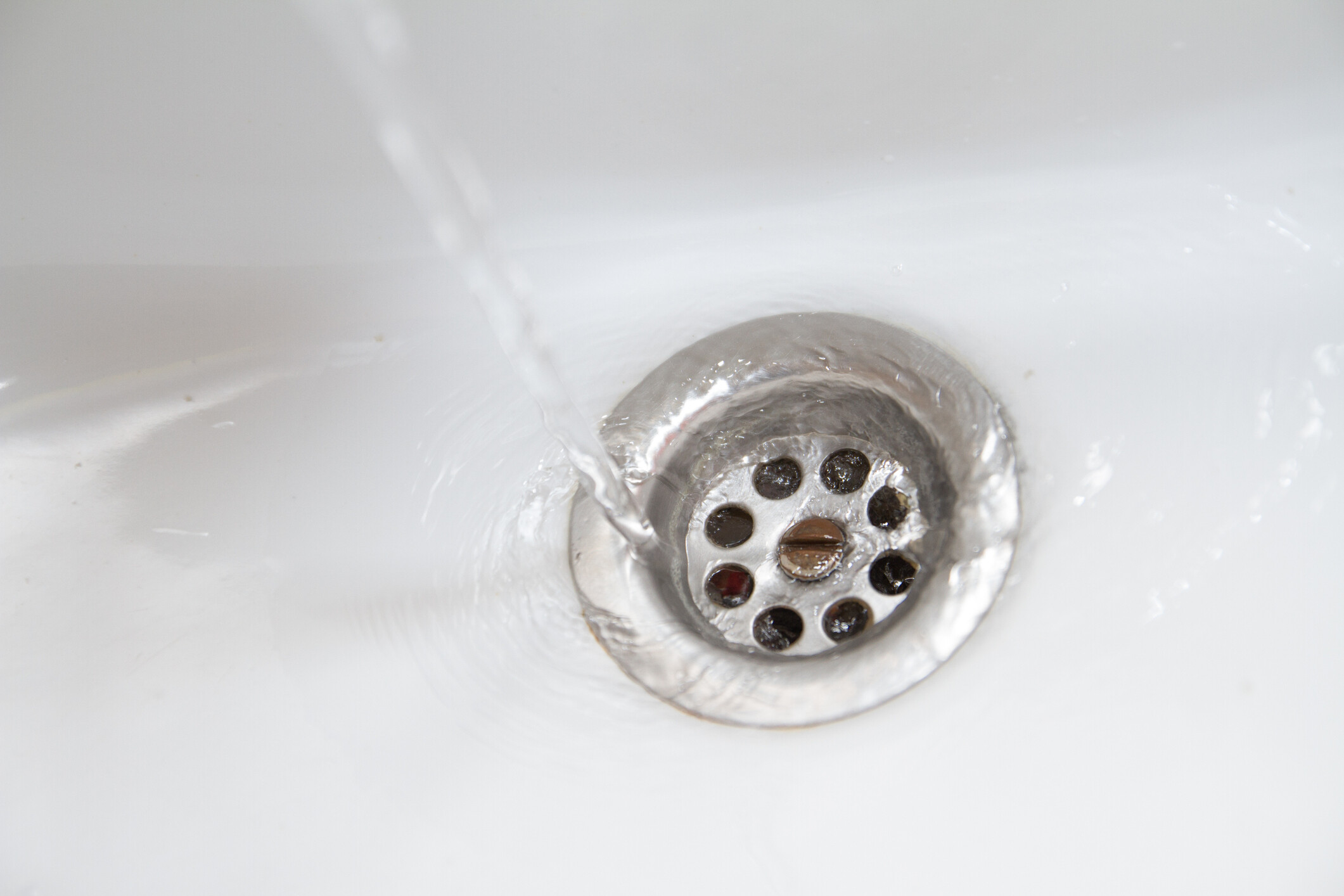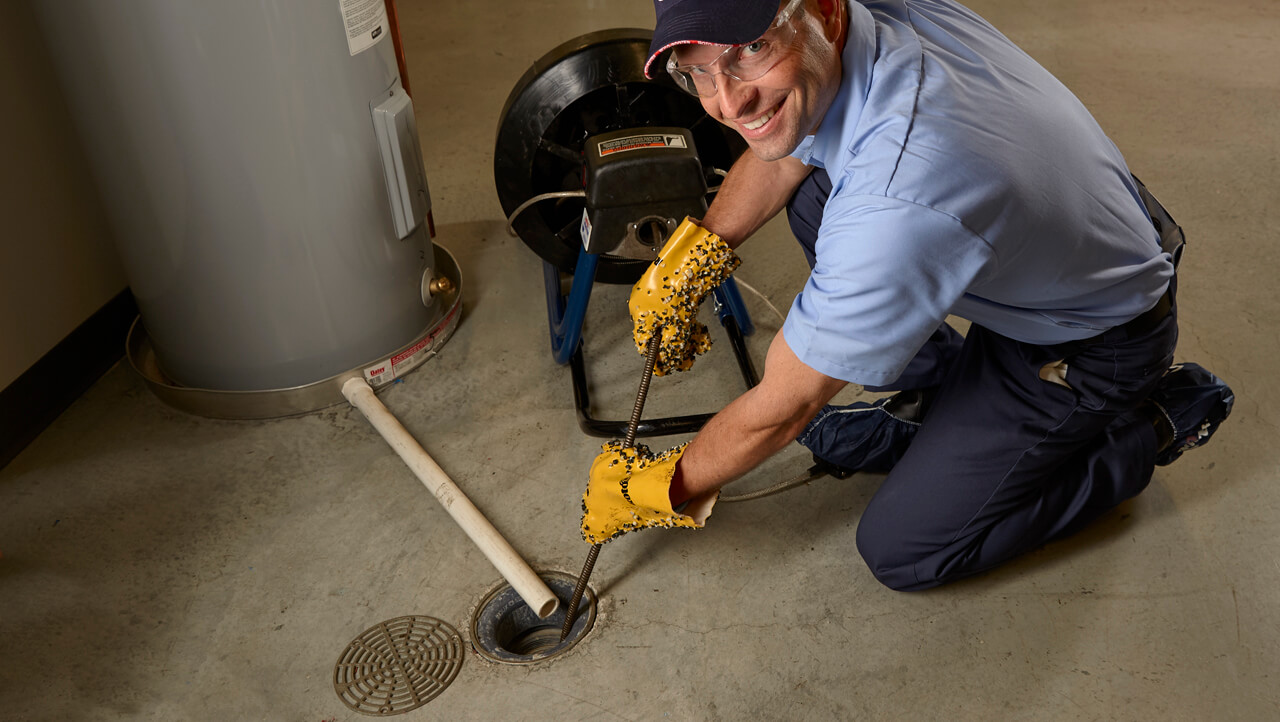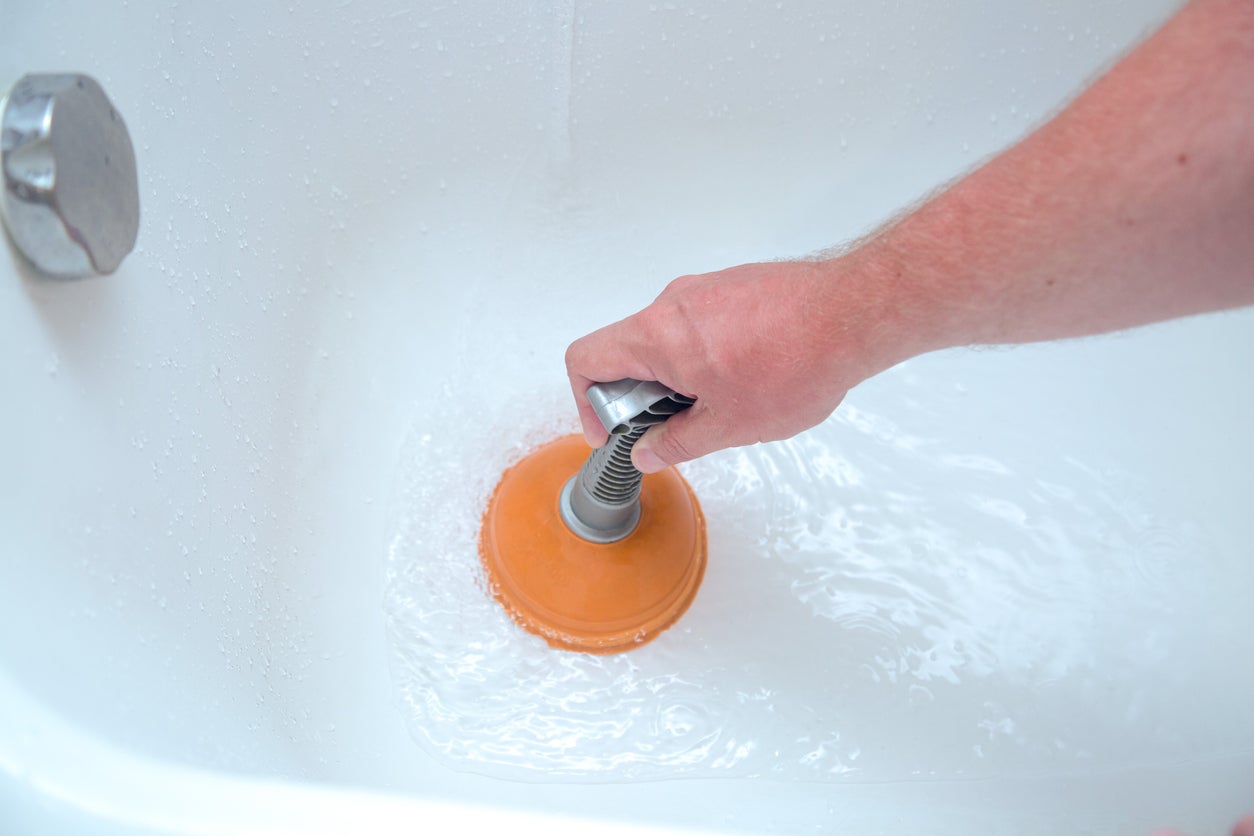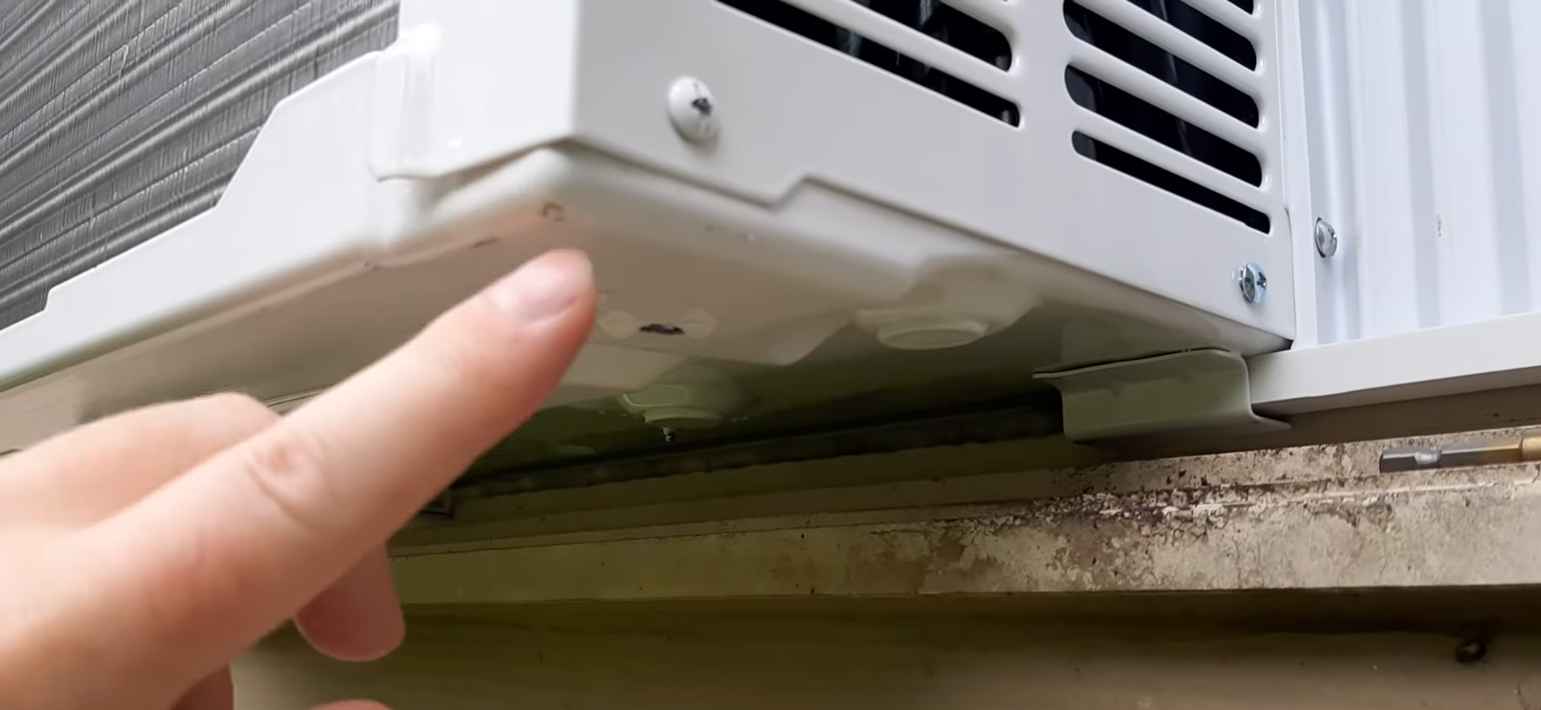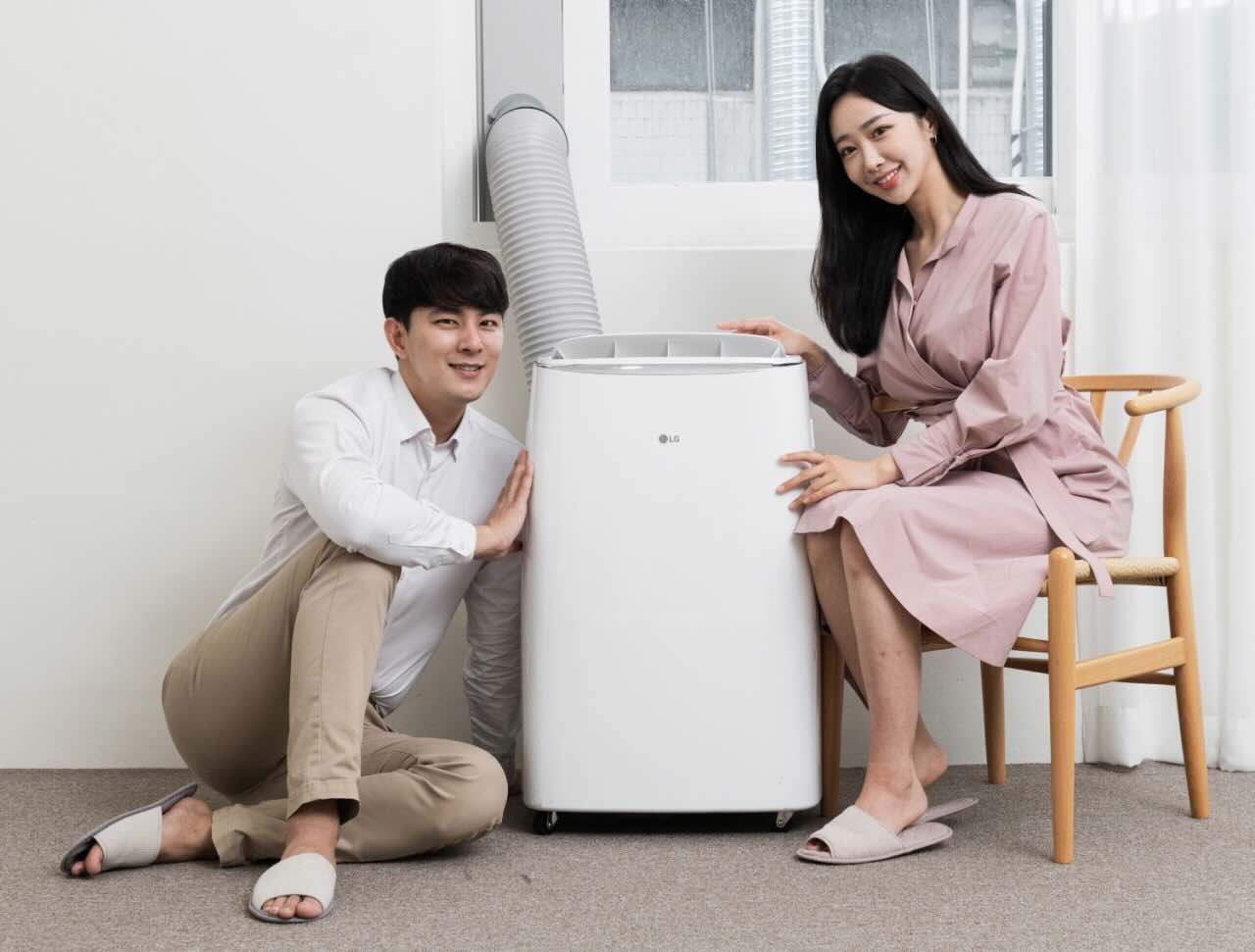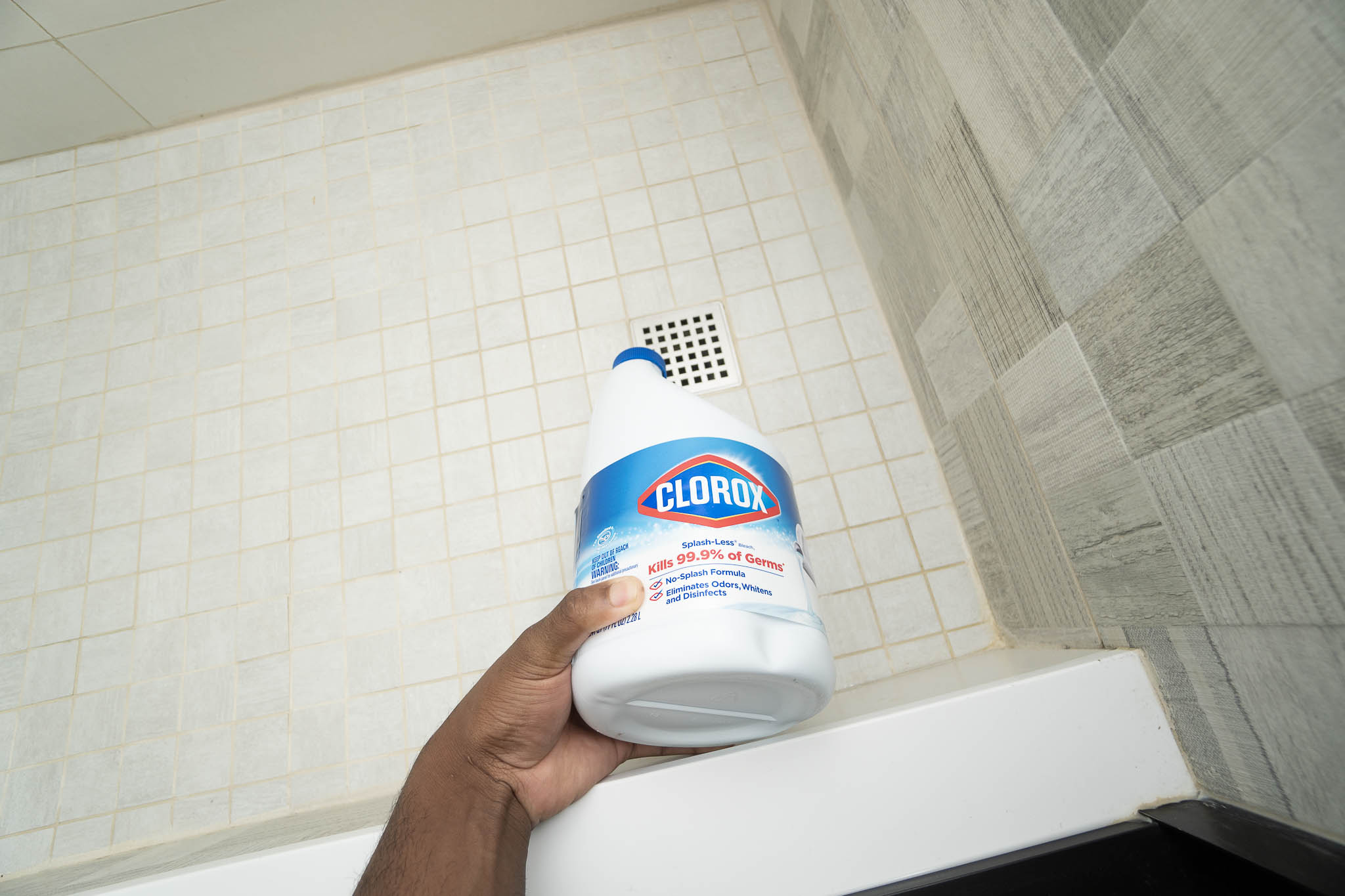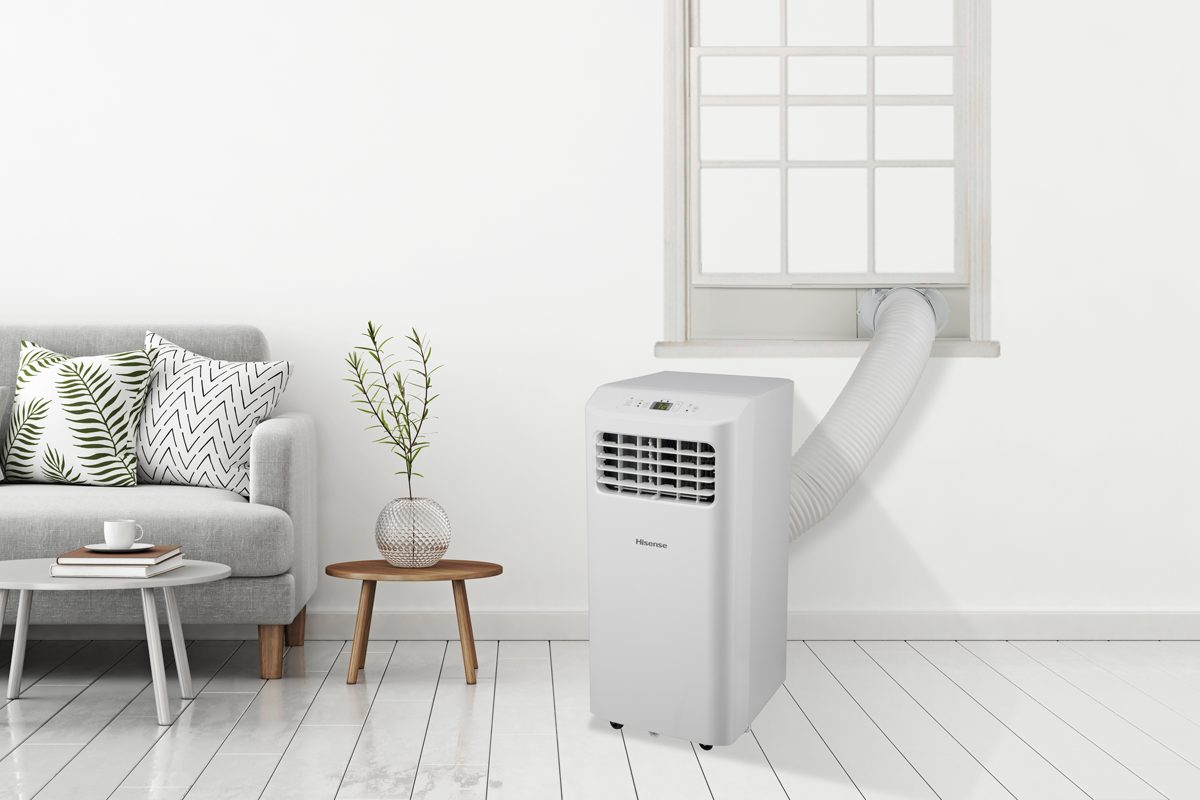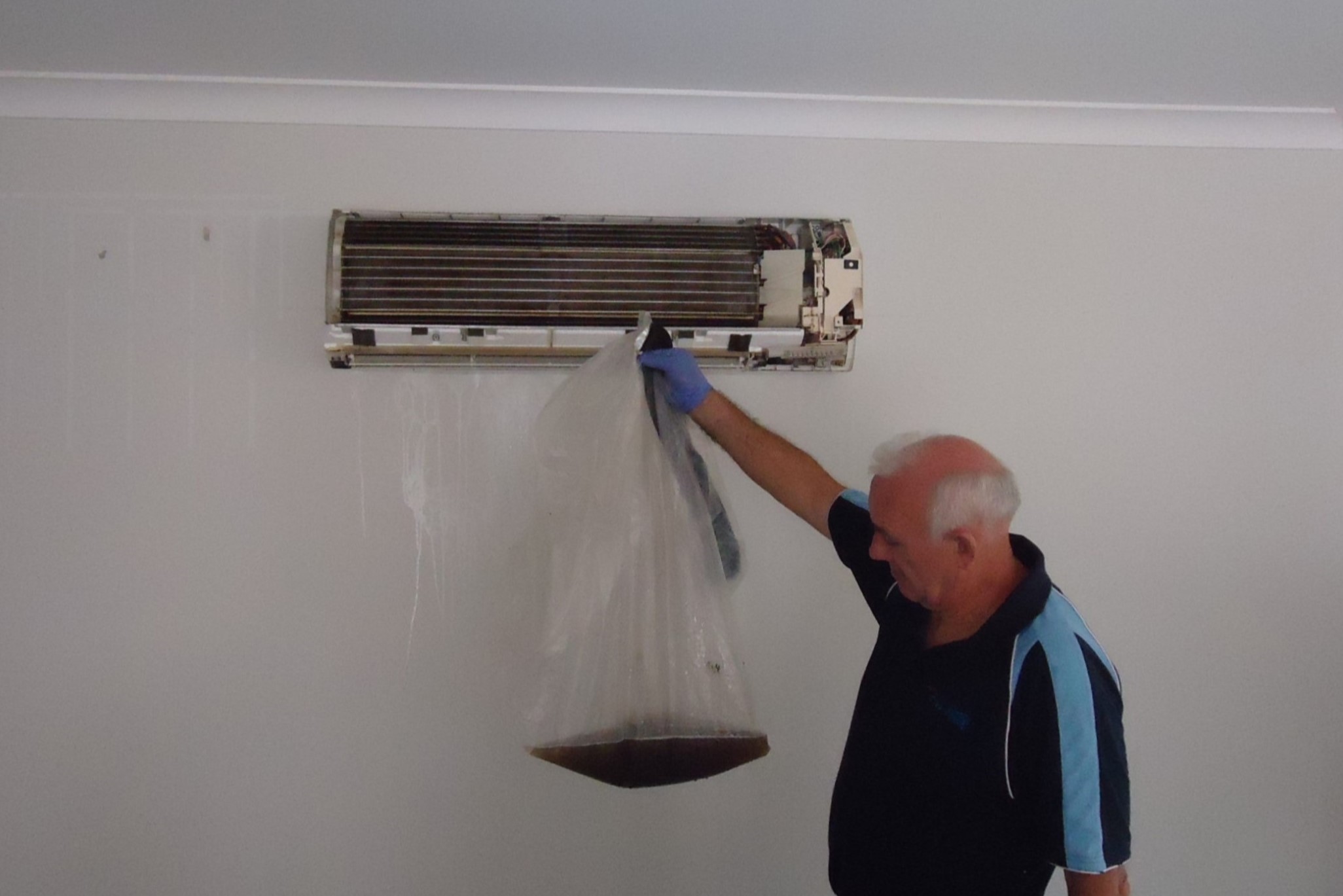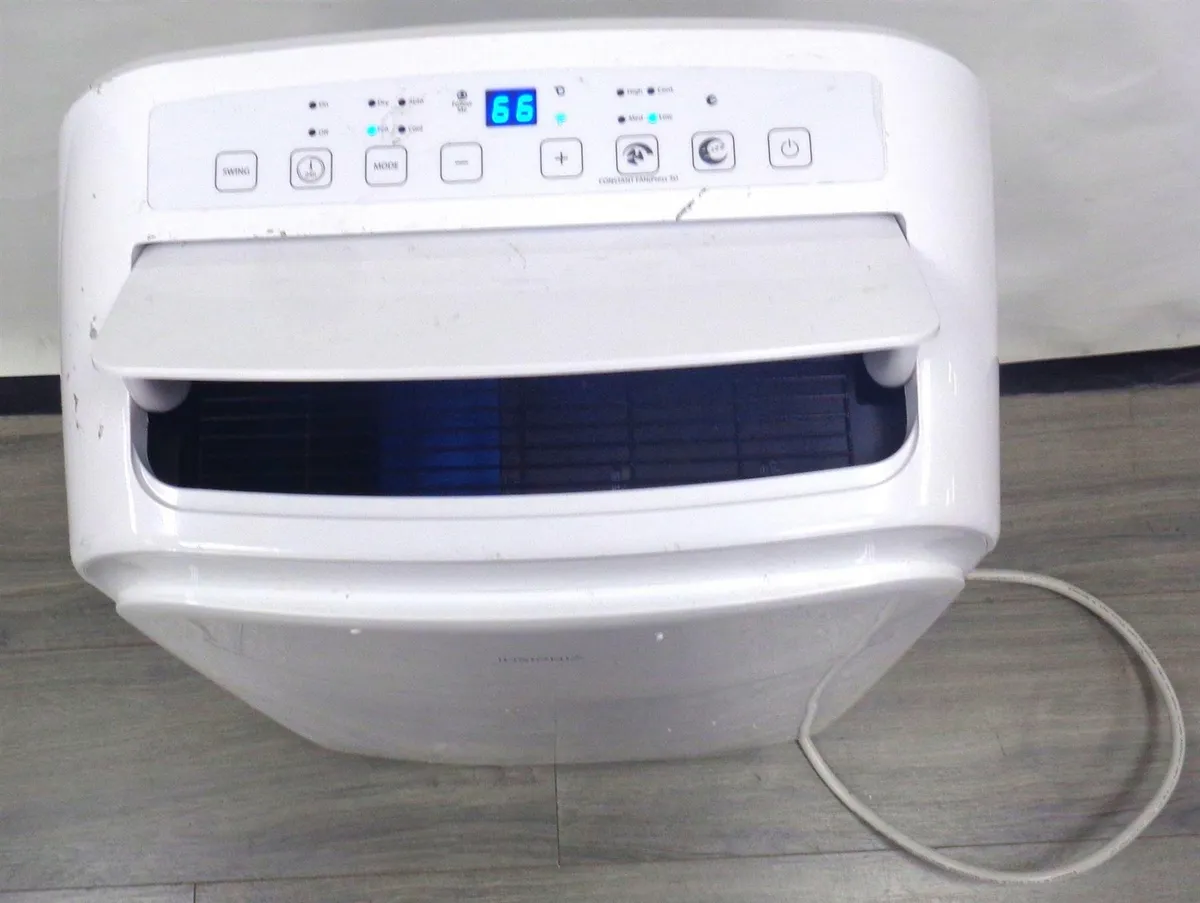Home>Home Maintenance>How To Unclog An Air Conditioner Drain
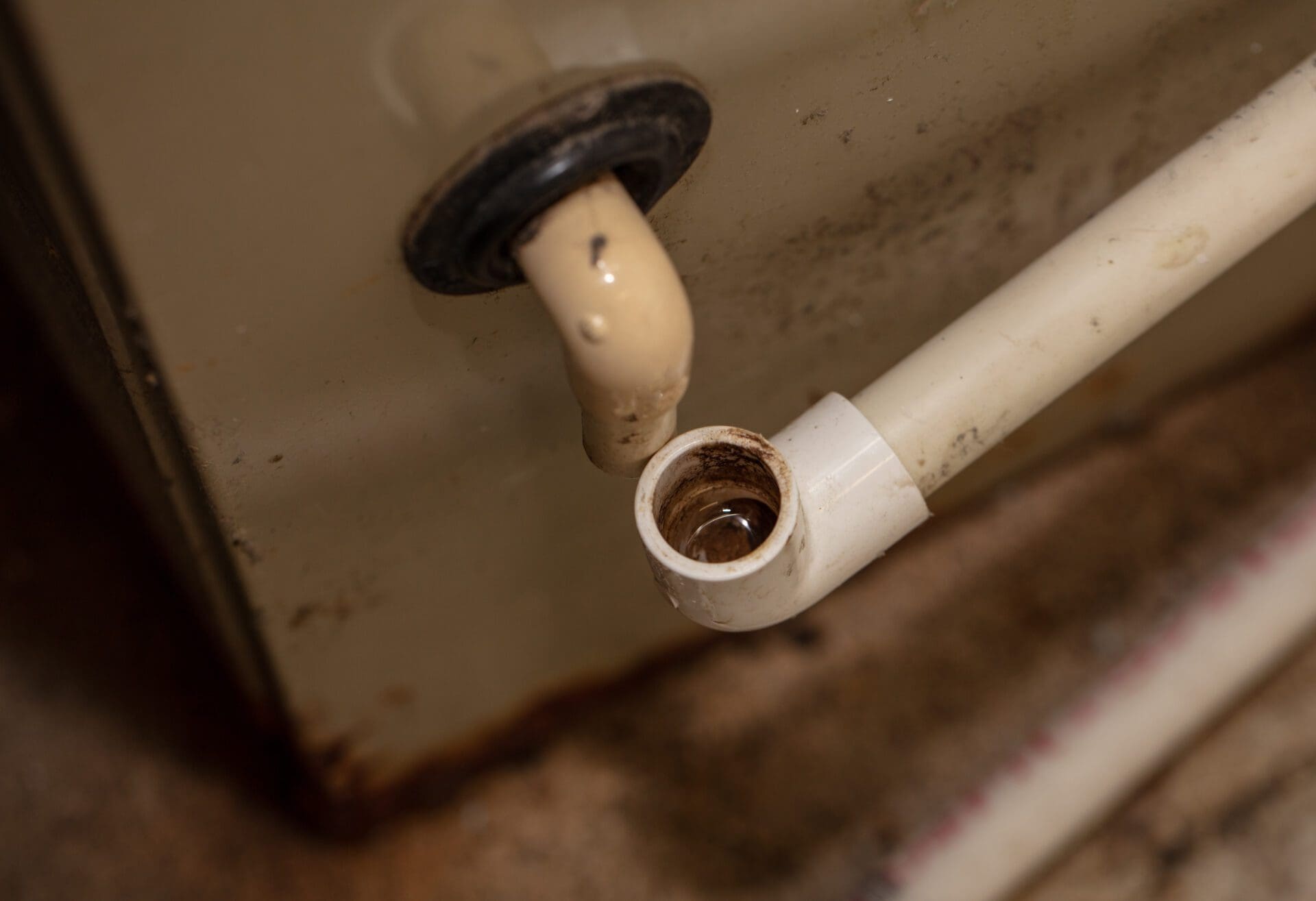

Home Maintenance
How To Unclog An Air Conditioner Drain
Modified: March 7, 2024
Learn how to unclog your air conditioner drain with these simple home maintenance tips. Keep your AC system running smoothly and prevent water damage.
(Many of the links in this article redirect to a specific reviewed product. Your purchase of these products through affiliate links helps to generate commission for Storables.com, at no extra cost. Learn more)
Introduction
Welcome to our guide on how to unclog an air conditioner drain. A clogged HVAC drain line can cause a variety of problems, including reduced cooling efficiency, water damage, and even mold growth. It is important to address this issue promptly to ensure your air conditioner operates smoothly and efficiently.
In this article, we will walk you through the steps to safely and effectively clear a clogged air conditioner drain. We will also provide important tips and precautions to follow during the process. So, whether you are a seasoned DIY enthusiast or a novice homeowner, this guide will equip you with the necessary knowledge to tackle this common maintenance issue.
Before we dive into the steps, let’s take a quick look at the signs that indicate a clogged air conditioner drain. Recognizing these signs early on can help you address the issue before it escalates into a major problem.
Key Takeaways:
- Don’t ignore signs of a clogged air conditioner drain, such as water pooling or musty odors. Promptly clearing the drain can prevent damage and maintain cooling efficiency.
- Gather the right tools, shut off the power, clear the clog, and clean the drain pan to ensure proper drainage and efficient air conditioner operation. Regular maintenance is key to preventing future clogs.
Read more: How To Unclog An Air Conditioner Drain
Signs of a Clogged Air Conditioner Drain
A clogged air conditioner drain can manifest in various ways. It is important to pay attention to these signs, as they can indicate that the drain line is not functioning properly. Here are some common signs of a clogged air conditioner drain:
- Water pooling around the indoor unit: If you notice water pooling around the base of your air conditioning unit, it is likely a sign of a clogged drain. The drain line is responsible for carrying away the condensation produced by the air conditioning system. If the drain is blocked, the water has nowhere to go and ends up pooling around the unit.
- Musty or foul odor: Another indication of a clogged drain is a musty or foul odor coming from the air conditioning vents. When water gets trapped in the system due to a clogged drain, it can lead to the growth of mold and bacteria, resulting in unpleasant smells.
- Reduced cooling efficiency: A clogged drain can disrupt the normal functioning of your air conditioner. As water accumulates in the system, it can impede the cooling process, leading to reduced cooling efficiency. If you notice that your air conditioner is not cooling your home as effectively as it used to, a clogged drain might be the culprit.
- Increased humidity indoors: A properly functioning air conditioner not only cools the air but also helps remove excess humidity from your home. However, if the drain is blocked and water cannot be properly drained, it can result in increased humidity levels indoors. This can leave your home feeling damp and uncomfortable.
- Strange sounds: In some cases, a clogged drain can lead to gurgling or bubbling sounds emanating from the air conditioning unit. This is often caused by air or water trying to escape through the blocked drain line, resulting in abnormal noises.
If you notice any of these signs, it is crucial to take action and unclog the air conditioner drain promptly. Not only will this help restore your air conditioner’s functionality, but it will also prevent more serious issues from arising, such as water damage or mold growth.
Tools and Materials Needed
Before diving into the process of unclogging an air conditioner drain, it’s essential to gather the necessary tools and materials. Here’s a list of what you will need:
- Screwdriver: You’ll need a screwdriver to remove any screws or access panels on your air conditioner unit. Make sure you have the appropriate size and type of screwdriver for your specific unit.
- Wet/dry vacuum: A wet/dry vacuum will be used to suction out any blockages from the drain line. It’s important to have a vacuum with strong suction capabilities to effectively remove the clog.
- Bleach or vinegar: Bleach or vinegar can be used to clean and disinfect the drain line and pan. These household items help kill any mold or bacteria that may have formed due to the clogged drain.
- Pipe brush or wire brush: A pipe brush or wire brush is useful for scrubbing away any debris or buildup inside the drain pipe. It helps to have a brush with bristles that can reach into tight spaces.
- Bucket or towels: To catch any excess water when you disconnect the drain line, have a bucket or towels handy. This will help prevent water damage to your surroundings.
- Rubber gloves and safety goggles: To protect yourself during the process, it’s recommended to wear rubber gloves and safety goggles. This will prevent any contact with potentially harmful substances or debris.
Having these tools and materials readily available before starting the unclogging process will ensure a smoother and safer experience. It’s always better to be prepared to handle any challenges that may arise during the maintenance process.
Step 1: Shutting Off the Power
Before you begin working on unclogging the air conditioner drain, it’s crucial to ensure your safety by shutting off the power to the unit. This step will prevent any accidents or electrical hazards while you’re working on the system. Follow these steps to safely shut off the power:
- Locate the electrical disconnect: The electrical disconnect is usually located near the outdoor unit of your air conditioner. It is a box with a handle or switch that can be turned off to cut off the power supply to the unit.
- Turn off the power: Once you’ve located the electrical disconnect, use caution to turn off the power. If it is a box with a handle, pull the handle down to switch off the power. If it is a switch, flip it to the off position.
- Double-check: After turning off the power, double-check to ensure that the unit no longer has electricity flowing to it. You can do this by testing the unit to see if it turns on.
Shutting off the power is an essential safety precaution that should never be skipped. It protects you from any potential electric shocks or accidents while working on your air conditioner drain. Take the time to locate and turn off the power to ensure a safe working environment.
Step 2: Locating the Drain Line
Once you’ve shut off the power to the air conditioner, the next step is to locate the drain line. The drain line is responsible for carrying the condensation away from the air conditioner unit. Here’s how you can locate the drain line:
- Find the indoor air handler unit: Start by locating the indoor air handler unit, which is typically located in the basement, attic, or utility closet. This unit houses the evaporator coil, blower motor, and the drain assembly.
- Search for the drain line: Look for a PVC pipe connected to the indoor air handler unit. This PVC pipe is the drain line. In some cases, the drain line may be covered by a removable cap or a T-shaped vent.
- Follow the drain line: Trace the PVC pipe to identify its path. The drain line should extend from the air handler unit and exit your home through a drain or drain line termination point. This termination point is usually located near an exterior wall.
It’s important to note that some air conditioning systems may have multiple drain lines. For example, ductless mini-split systems often have individual drain lines for each indoor unit. Make sure to identify the correct drain line associated with the unit you are working on.
By locating the drain line, you will have a clear understanding of where the clog is most likely to be situated. This information will be essential as you proceed with clearing the clog in the next step.
Use a wet/dry vacuum to suck out the clog from the drain line. Attach the vacuum to the end of the drain line and turn it on to remove the blockage.
Step 3: Clearing the Drain Pipe
Now that you’ve located the drain line, it’s time to clear the clog and restore proper drainage. Follow these steps to effectively clear the drain pipe of any obstructions:
- Prepare the wet/dry vacuum: Attach the appropriate attachment, such as a crevice tool or a small diameter hose, to the wet/dry vacuum. This will help create a seal and strong suction to remove the clog.
- Access the drain line: Depending on your air conditioning system, you may need to remove a cap or access panel to gain access to the drain line. Use a screwdriver to remove any screws or fasteners holding the panel in place.
- Connect the wet/dry vacuum: Insert the hose or attachment of the wet/dry vacuum into the end of the drain line or over the opening where the cap or access panel was removed. Ensure a tight seal for the best suction power.
- Turn on the vacuum: Power on the wet/dry vacuum and allow it to create suction. Maintain the connection between the vacuum and the drain line for several minutes to remove any debris or clogs.
- Reverse the suction: In case the clog does not come out with forward suction, try reversing the suction direction briefly. This can help dislodge the clog and facilitate its removal.
- Inspect the cleanliness: After clearing the drain line with the vacuum, visually inspect the drain pipe for any remaining debris or obstruction. If necessary, use a pipe brush or wire brush to gently scrub away any buildup.
By using the wet/dry vacuum, you can effectively suction out any clogs that are causing the drainage issue. This method is safe, efficient, and helps ensure a clear and unobstructed drain pipe for proper water flow.
With the drain pipe cleared, it’s time to move on to the next step: cleaning the drain pan to prevent future clogs.
Step 4: Cleaning the Drain Pan
After clearing the drain pipe, it’s important to clean the drain pan to prevent future clogs and ensure proper drainage. The drain pan is typically located beneath the evaporator coil in the indoor air handler unit. To clean the drain pan, follow these steps:
- Access the drain pan: Depending on your air conditioner unit, you may need to remove a panel or access cover to reach the drain pan. Use a screwdriver to remove any screws or fasteners holding the panel in place.
- Inspect the drain pan: Take a close look at the drain pan for any stagnant water, debris, or mold growth. If there is standing water, remove it using a towel or sponge before proceeding with the cleaning process.
- Mix a cleaning solution: Prepare a cleaning solution by mixing either a bleach-water solution (one part bleach to ten parts water) or a vinegar-water solution (equal parts vinegar and water). Both bleach and vinegar help kill mold and bacteria.
- Clean the drain pan: Pour the cleaning solution into the drain pan, ensuring it covers the entire bottom surface. Allow it to sit for a few minutes to effectively disinfect the pan. Then, use a sponge or brush to scrub away any remaining debris, mold, or residue.
- Rinse the drain pan: Once you’ve thoroughly cleaned the drain pan, rinse it with clean water to remove any residual cleaning solution. Make sure to remove all traces of bleach or vinegar to prevent any potential damage to the air conditioner components.
- Dry the drain pan: Before reassembling the panel or access cover, ensure that the drain pan is completely dry. Use a towel or allow it to air dry naturally. This step is essential to prevent any moisture accumulation that could lead to future clogs or mold formation.
Regularly cleaning the drain pan helps maintain a clean and functional air conditioning system. It prevents the accumulation of debris, mold, and bacteria, ensuring efficient drainage and preventing future clogs.
Now, it’s time to move on to the next step: checking for proper drainage to ensure the clog has been successfully resolved.
Step 5: Checking for Proper Drainage
After clearing the drain pipe and cleaning the drain pan, it’s important to verify that the clog has been successfully removed and that the air conditioner is properly draining. Follow these steps to check for proper drainage:
- Reassemble the system: Make sure the drain pan is fully dry and reattach the panel or access cover that was removed earlier. Use a screwdriver to secure any screws or fasteners that hold the panel in place.
- Turn on the power: Restore the power to the air conditioner unit by switching on the electrical disconnect that was previously shut off. This will allow the air conditioner to turn back on.
- Observe the drain line: Watch the drain line for any signs of water flow. A properly functioning drain line should have a steady and consistent stream of water flowing out of the drain line termination point.
- Check for leaks: While the air conditioner is running, inspect the area around the drain line and the air handler unit for any signs of leaks. Look for dripping or pooling water that could indicate a leak in the system.
- Monitor the airflow: Assess the airflow from the air conditioning vents throughout your home. Ensure that the airflow is strong and consistent, indicating that the air conditioner is working efficiently.
By checking for proper drainage and observing the system’s performance, you can confirm whether the clog has been successfully cleared. If you notice any ongoing issues or signs of leakage, it may be necessary to seek professional assistance for further diagnosis and repair.
If everything looks and functions as expected, congratulations! You have successfully cleared the clog and restored proper drainage to your air conditioning system. Now it’s time for the final step: restarting the air conditioner.
Step 6: Restarting the Air Conditioner
After confirming that the clog has been cleared and the system is functioning properly, you can safely restart your air conditioner. Follow these steps to restart the air conditioner:
- Adjust the thermostat: Set the thermostat to your desired temperature and switch it to the cooling mode. Make sure the thermostat is set correctly, ensuring that the air conditioner will provide the desired level of cooling.
- Turn on the air conditioner: Locate the main power switch or control panel for the air conditioner. Depending on your system, this may be a switch or button that activates the unit. Flip the switch or press the button to turn on the air conditioner.
- Listen for proper operation: As the air conditioner starts up, listen for any unusual sounds or noises. Pay attention to the sounds of the compressor and the fan to ensure they are operating smoothly.
- Check for proper cooling: After a few minutes, feel the air coming from the vents to verify that the air conditioner is providing cool air. Take note of the airflow strength and assess if it is consistent throughout your home.
- Monitor the drainage: Observe the drain line termination point and the area around the indoor unit to ensure that water is properly draining without any leaks or pooling. This confirms that the clog has been cleared and the drainage is functioning correctly.
By following these steps to restart your air conditioner, you can ensure that the system is running smoothly and effectively cooling your home. If you encounter any issues or notice any abnormalities during the restart process, it may be necessary to contact a professional HVAC technician for further assistance.
With your air conditioner now up and running again, you can enjoy the cool comfort of your home without worrying about a clogged drain affecting its performance. Regular maintenance and keeping an eye out for any signs of future clogs will help prevent this issue from recurring in the future.
Remember, if you ever feel unsure or uncomfortable in carrying out any of these steps, it’s always best to seek the help of a qualified professional to ensure the safety and efficiency of your air conditioning system.
Read more: How To Unclog Freezer Drain
Conclusion
Unclogging an air conditioner drain is a crucial maintenance task that can help prevent issues such as reduced cooling efficiency, water damage, and mold growth. By following the steps outlined in this guide, you can effectively clear a clogged drain and restore proper drainage to your air conditioning system.
Remember to start by shutting off the power to the unit to ensure your safety. Then, locate the drain line and use a wet/dry vacuum to clear any obstructions. Cleaning the drain pan is essential to prevent future clogs and maintain a healthy system. After these steps, it’s important to check for proper drainage and ensure the air conditioner is functioning correctly before restarting it.
Regular maintenance and keeping an eye out for signs of clogs will help prevent future issues with your air conditioner drain. If you ever feel unsure or uncomfortable performing any of the steps, it’s always best to seek the assistance of a qualified professional HVAC technician.
By taking care of your air conditioner and addressing clogged drains promptly, you can enjoy a cool and comfortable home environment while prolonging the lifespan of your air conditioning system. So, don’t neglect this important maintenance task and keep your air conditioner running smoothly year-round.
With the knowledge and steps provided in this guide, you are now equipped to tackle clogged air conditioner drains with confidence. Stay proactive in maintaining your HVAC system, and enjoy the benefits of a well-functioning and efficient air conditioning system for years to come.
Frequently Asked Questions about How To Unclog An Air Conditioner Drain
Was this page helpful?
At Storables.com, we guarantee accurate and reliable information. Our content, validated by Expert Board Contributors, is crafted following stringent Editorial Policies. We're committed to providing you with well-researched, expert-backed insights for all your informational needs.
